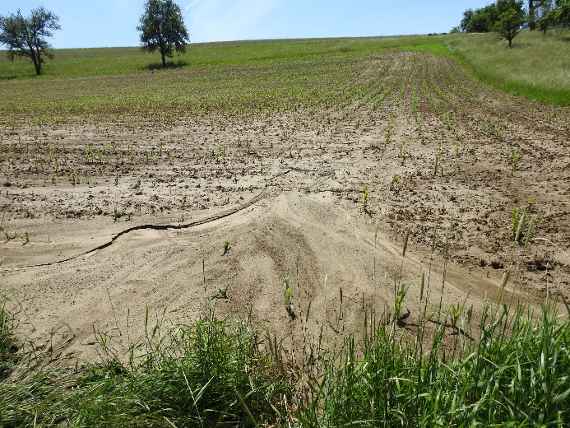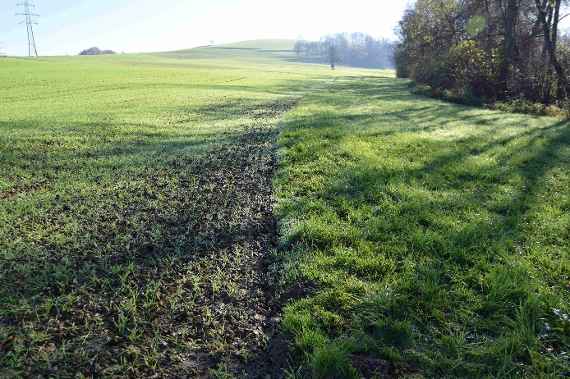Summary
Project processing:
D. Ramler, P. Strauss
Project promotion:
Lower Austria state government, FTI Strategie Wasser
Brief description:
The project RIBUST is a collaboration with the WasserCluster Lunz, the BOKU (University of Natural Resources and Life Sciences in Vienna), and the Karl Landsteiner private university. The main focus lies on the effectivity of riparian buffer strips to retain different substances, such as nutrients, sediment, or pathogens. To this end, we take samples on land in field and buffer strip soils, as well as water and sediment samples in brooks and streams.
Research questions that shall be answered at the Institute are, for instance, how factors like the physico-chemical soil parameters, the (sub-)surface runoff, and the retention of phosphorus are related, or which conditions lead to a release of retained phosphorus from buffer strip soils.
By comparing samples from field and buffer strip soils, both from inside and outside areas of (concentrated) runoff, we can determine the functional and spatial effectivity of nutrient retention. Additionally, we conduct artificial rainfall simulations to analyse the performance of buffer strips under different rainfall intensities and nutrient concentrations. Hereby, we measure the concentration of important phosphorus fractions in the surface runoff and interflow and relate them to soil characteristics. The results will also form the basis for a risk assessment of a potential degradation of water quality under different climate change scenarios.


